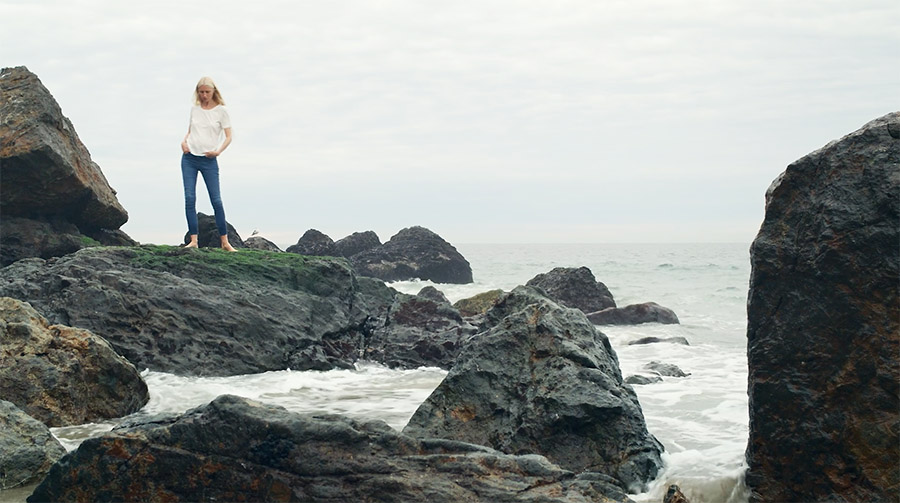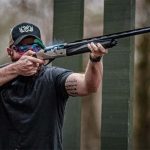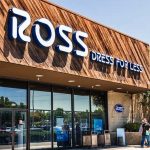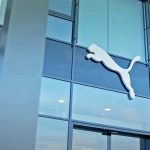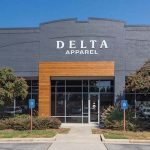S&P Global Ratings revised its debt outlook to positive on its belief that its operating performance will recover at a faster pace than previously anticipated, driven by strength at Old Navy and Athleta.
S&P anticipates 15 percent to 20 percent revenue growth in 2021, nearing 2019 sales levels, contributing to adjusted leverage improving to below 3x. Therefore, S&P revised its outlook to positive from negative and affirmed its ratings on the company, including the ‘BB-‘ issuer credit rating. The positive outlook reflects the potential for a higher rating if the company strengthens operating performance through the successful expansion of its higher-growth brands and improves profitability at its mature brands leading to restored credit protection metrics.
S&P wrote in its analysis:
“The positive outlook reflects the potential for an upgrade over the next 12 months if the company demonstrates progress in executing its Power Plan strategy, such that it sustains improvements in operating performance and credit metrics. Net sales declined approximately 16 percent in 2020, better than our expectations and outperforming the broader apparel industry, which experienced a 30 percent year-over-year drop. Market share gains at Old Navy and continued solid momentum at Athleta, which exceeded $1 billion in annual net sales, helped offset weakness at the Gap and Banana Republic brands. Nevertheless, the company generated a net operating loss of $862 million as the pandemic’s effects weighed heavily on results. This year, we forecast sales growth in the high-teens percentage area, reflecting rebounding sales at Old Navy, improvements at Gap, and continued double-digit expansion at Athleta. We expect higher sales volumes, improved merchandise margins, and lower occupancy expenses to lead to a substantial recovery in adjusted EBITDA, albeit below 2019 levels, contributing to stronger credit metrics. Still, the operating environment remains uncertain, and the company continues to balance a wide range of initiatives. Key risks to our forecast include a lower-than-anticipated recovery in apparel spending, inventory and supply chain challenges, execution issues in the turnaround of its mature brands, and heightened competition.
“Strategic initiatives to amplify the company’s growth brands, stabilizing performance at its mature brands and leveraging scale can enhance its competitive strength if fully executed. We believe Gap Inc.’s investments in Old Navy and Athleta, its fastest-growing and most profitable brands, will fuel its recovery. The company aims to have these two brands contribute approximately 70 percent of the group’s revenue in 2023, up from 55 percent in 2019. In our view, Old Navy’s predominantly off-mall store base and casual, value-oriented merchandise combined with Athleta’s activewear focus align with consumer demand trends. Gap Inc. has set 2023 sales targets of $10 billion and $2 billion for Old Navy and Athleta, respectively. While achievable in our view—largely through digital growth, new store openings and category expansion—fashion misses which have hampered performance in the past and heightened competition could pose challenges.
“Gap Inc.’s store rationalization efforts within its Gap and Banana Republic brands is progressing. The company closed 189 locations in North America during fiscal 2020 and plans to close an additional 75 in 2021. This will place the company at 75 percent of its total target of closing 350 Gap and Banana Republic stores across North America by the end of 2023. We believe a healthier store base and renegotiated lease terms will contribute to rent and occupancy efficiencies this year. Reduced mall exposure is an important step in improving financial performance, but restoring brand health and relevance will be a longer-term endeavor in our view. We expect operating performance at the Banana Republic to remain challenged as consumer demand for traditional workwear remains depressed. Further, we believe significant execution risks come with the brand’s repositioning. At Gap, sharper merchandising, new partnerships, and brand licensing could reignite growth at a brand that has shrunk to $3.4 billion in fiscal 2020 from $6.4 billion in sales in fiscal 2013. Stabilizing performance and increasing demand for this merchandise will be important elements to rebuilding profitability at these mature brands.
“Online sales grew 54 percent year-over-year, accounting for approximately 45 percent of total sales, placing the company on target to reach its goal of generating 50 percent of sales digitally by 2023. The company is accelerating investments in digital and its fulfillment network to enhance its omnichannel capabilities. In our view, reducing fixed costs and achieving higher product margins will be key to offsetting the structural cost pressures associated with the sales channel shift to online. Gap Inc. started this fiscal year with elevated inventory levels, up 14 percent year-over-year, because of pack-and-hold inventory held back at the onset of the pandemic, higher in-transit inventory due to delays stemming from U.S. port congestion, and COVID-19-related safety products. We do not anticipate material markdowns as last year’s inventory is introduced, but if consumer response to this merchandise is tepid, discounting and promotional activity could delay expected improvements in operating results.
“Elevated cash balances and projected S&P Global Ratings-adjusted EBITDA above $2 billion this year support our expectation for stronger credit protection metrics. Before the pandemic, Gap Inc. consistently generated operating cash flow above $1 billion. We project the company will return to these levels in 2021 and believe it will generate a positive free operating cash flow of around $300 million this year, significantly better than the $155 million burned during fiscal 2020 due to COVID-19-related store closures but below fiscal 2019 levels. The company is accelerating its capital spending plan in fiscal 2021, targeting $800 million in investments that will largely direct digital, technology, and supply chain. While at the high end of its 4 percent-5 percent targeted range, the shift away from the lower-yielding store and international investments is strategically sound in our view given the rapid growth in online sales. Elevated restructuring costs associated with store closures and a higher interest burden from the secured note facilities issued during the pandemic will also crimp cash conversion. Although we expect the majority of free operating cash flow (FOCF) this year to be returned to shareholders, we project the company will maintain its net cash position.
“The positive outlook reflects our expectation for accelerating improvement in operating results throughout 2021 as recovering sales volumes at Old Navy and solid momentum at Athleta lead to EBITDA growth supporting stronger credit protection metrics.”
Photo courtesy Gap, Inc.

